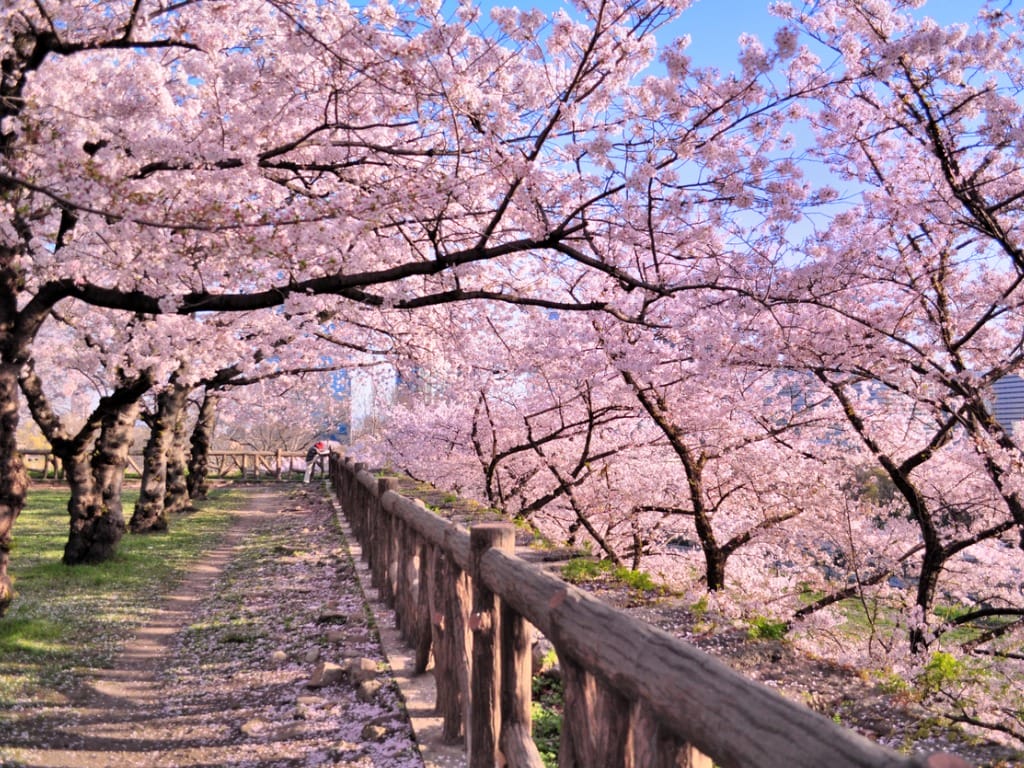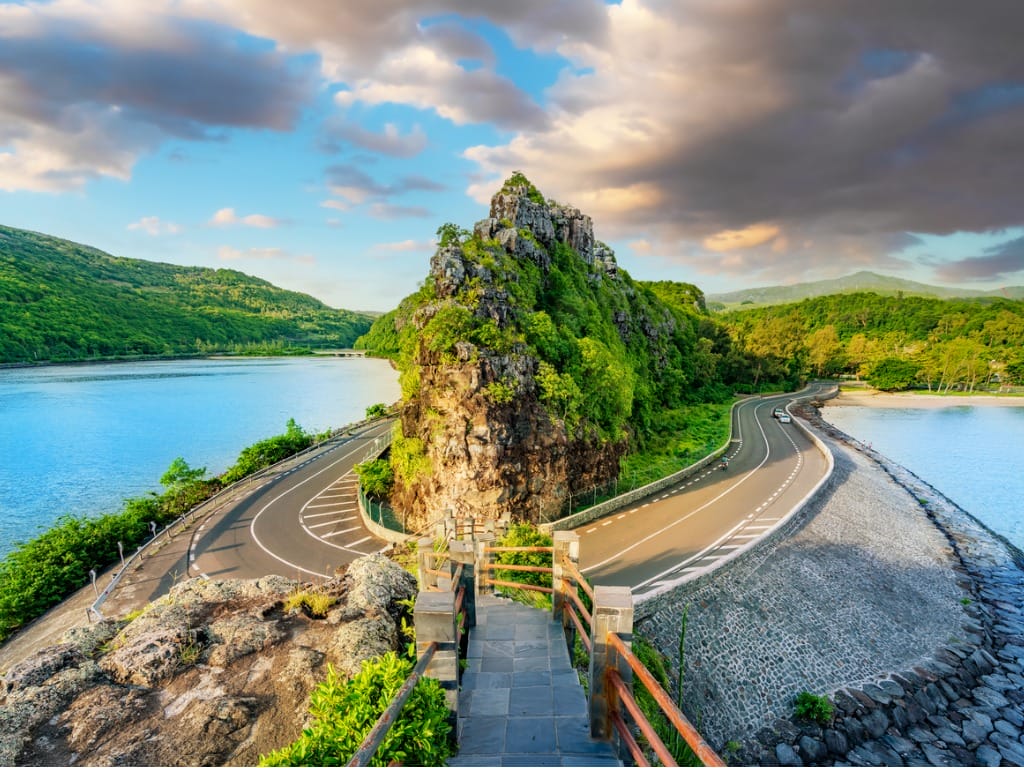Japan is a country that effortlessly blends old traditions with modern technology, offering visitors a unique and exciting travel experience. From its rich history and cultural heritage to its vibrant cities and breathtaking natural landscapes, Japan has something to offer every traveler. In this ultimate travel guide, we will explore what to see, where to stay, and, of course, where to eat in Japan.
Understanding Japan: An Overview
Before diving into the specifics of traveling in Japan, it is essential to have a basic understanding of the country. Japan has a fascinating history that can be traced back thousands of years. From the rise of the samurai warriors to the isolationist policies of the Edo period, the country’s past is filled with captivating stories and events.
One of the most intriguing periods in Japanese history is the era of the samurai. These noble warriors were skilled in the art of combat and lived by a strict code of honor known as Bushido. Their stories of bravery and loyalty have been immortalized in countless works of literature and film, captivating audiences around the world.
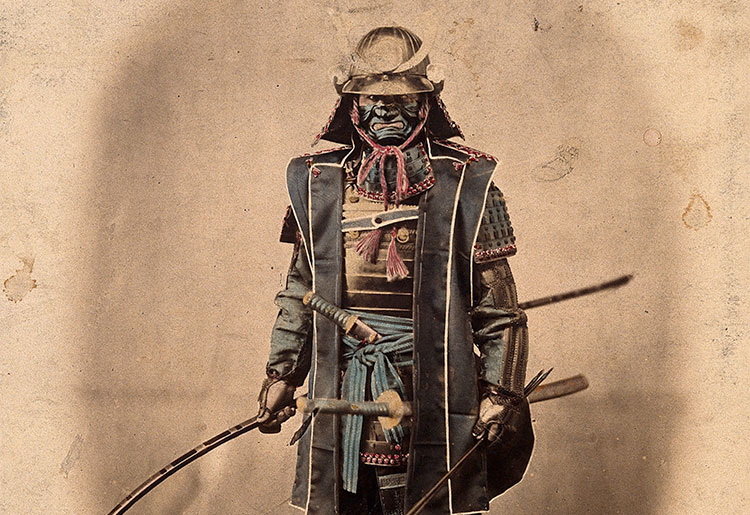
Another significant period in Japan’s history is the Edo period, which lasted from 1603 to 1868. During this time, the country was ruled by the Tokugawa shogunate, and Japan adopted a policy of isolation from the outside world. This period of seclusion allowed Japan to develop its unique culture and traditions, which continue to shape the country today.
Furthermore, Japan’s unique culture heavily influences the daily lives of its people. The concept of harmony and respect for others permeates through society, giving rise to traditions like tea ceremonies, kimono-wearing, and the famous cherry blossom viewing parties.
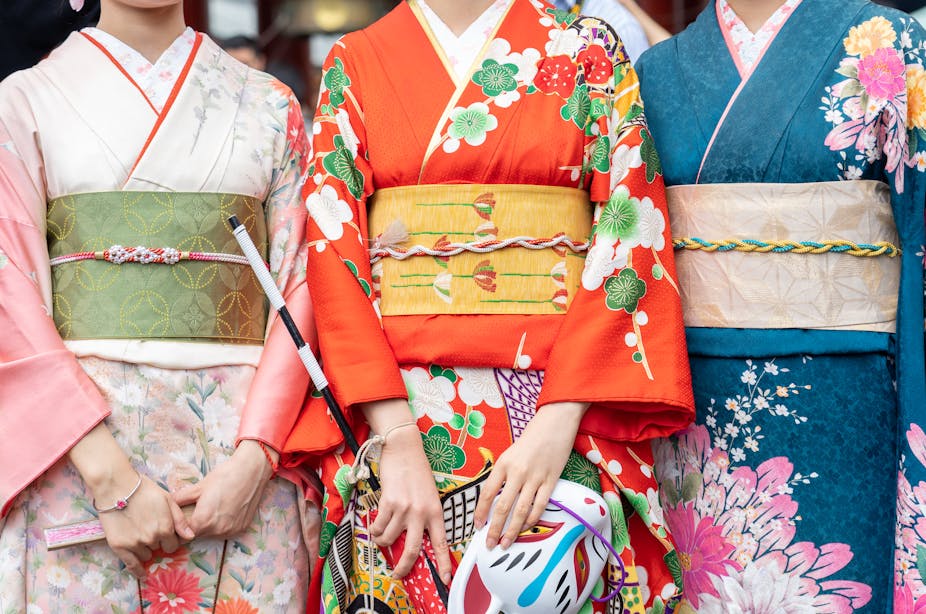
Tea ceremonies, known as “chanoyu,” are an integral part of Japanese culture. These ceremonies involve the preparation and serving of matcha, a powdered green tea, in a ritualistic manner. Participants are expected to follow specific etiquette and appreciate the beauty and tranquility of the process.
Kimono-wearing is another tradition that showcases the elegance and grace of Japanese culture. The kimono is a traditional garment worn by both men and women for special occasions. Each kimono is a work of art, with intricate patterns and designs that reflect the wearer’s personality and social status.
One of the most iconic symbols of Japan is the cherry blossom, or “sakura.” Every spring, when the cherry trees bloom, people gather in parks and gardens to enjoy the breathtaking beauty of these delicate pink flowers. This tradition, known as “hanami,” is a time for celebration and reflection, as people appreciate the transient nature of life.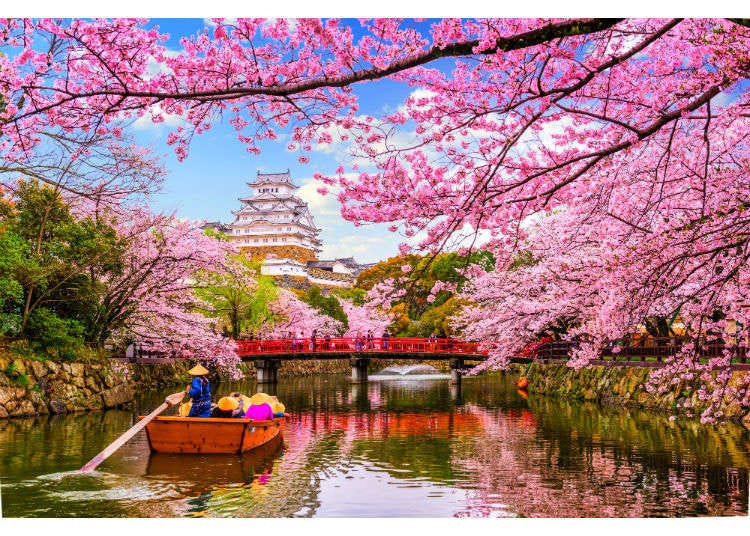
At the same time, Japan is known for its cutting-edge technology and futuristic cities. Tokyo, the capital, is a sprawling metropolis that never sleeps, while other cities like Osaka and Kyoto offer a mix of historical sites and modern attractions.
Tokyo, with its neon-lit streets and towering skyscrapers, is a city of contrasts. On one hand, it is a bustling metropolis where you can find the latest technological innovations, such as robot restaurants and high-speed trains. On the other hand, it is also a city deeply rooted in tradition, with ancient temples and shrines nestled among the modern architecture.
Osaka, known as the “Kitchen of Japan,” is a food lover’s paradise. Its vibrant street food scene and bustling markets offer a wide array of culinary delights, from sushi and takoyaki to okonomiyaki and ramen. The city’s lively atmosphere and friendly locals make it a must-visit destination for any food enthusiast.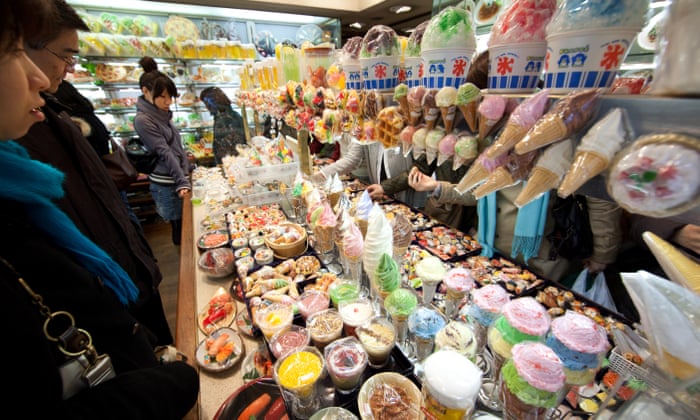
Kyoto, on the other hand, is a city that takes you back in time. With its numerous UNESCO World Heritage sites, such as Kiyomizu-dera and Kinkaku-ji, Kyoto offers a glimpse into Japan’s rich history and traditional architecture. Walking through its narrow streets lined with wooden machiya houses and visiting its serene gardens, you can’t help but feel transported to a different era.
With this overview in mind, let’s delve deeper into the different aspects of traveling in Japan.
Preparing for Your Trip to Japan
Embarking on a journey to Japan is an exciting adventure filled with rich cultural experiences and breathtaking landscapes. As you prepare for your trip, there are several essential travel documents and considerations to keep in mind.
Essential Travel Documents
Before setting foot in this captivating country, it is crucial to ensure that you have all the necessary travel documents. The most important document you will need is a valid passport with at least six months of validity remaining. This ensures a smooth entry and exit from Japan.
Additionally, depending on your nationality, you may require a visa to enter Japan. It is best to check with the Japanese embassy or consulate in your country for specific requirements and to obtain the necessary visa in advance. This will save you any last-minute stress or complications.
Moreover, it is highly recommended to make copies of important documents such as your passport, travel itineraries, and insurance policies. In the unfortunate event of loss or theft, having copies will expedite the replacement process and minimize any disruption to your trip.
Best Time to Visit Japan
Japan is a country of diverse seasons, each offering its own unique charm and beauty. The best time to visit depends on your preferences and the activities you wish to engage in.
Spring, from March to May, is a magical time when cherry blossoms adorn the landscape, creating a picturesque scene. The delicate pink petals blooming and falling is a cherished tradition in Japan. However, it is important to note that spring is also a peak tourist season, so expect larger crowds and higher prices. Nevertheless, the beauty of the cherry blossoms makes it worth the visit.
Summer, from June to August, brings warm weather and vibrant festivals throughout the country. It is an excellent time to explore Japan’s coastal regions, enjoy outdoor activities, and immerse yourself in the lively atmosphere of local celebrations. However, summers in Japan can be hot and humid, so be prepared for the heat and stay hydrated.

Autumn, from September to November, paints Japan in stunning hues as the leaves change color. The weather during this season is mild and pleasant, making it an ideal time for outdoor excursions, hikes, and leisurely walks in parks and gardens. The vibrant autumn foliage creates a breathtaking backdrop for your explorations.
Winter, from December to February, offers a different kind of beauty. Ski resorts in Hokkaido and the Japan Alps attract locals and tourists alike, providing excellent opportunities for winter sports enthusiasts. The cities also adorn themselves with beautiful illuminations and festive decorations during the holiday season, creating a magical atmosphere.
Packing Tips for Japan
When it comes to packing for your trip to Japan, it is essential to consider the weather and the activities you have planned. Regardless of the season, comfortable walking shoes are a must, as Japan is a country best explored on foot.
In the summer months, from June to August, pack lightweight and breathable clothing to stay cool in the heat. Don’t forget to include sunscreen and a hat to protect yourself from the sun’s rays. It is also advisable to carry an umbrella or a lightweight raincoat, as summer in Japan can bring occasional showers.

In winter, from December to February, it is important to pack warm layers to combat the chilly temperatures. A good coat, gloves, and a hat are essential to keep you comfortable during your outdoor adventures. It is also worth noting that Japan uses Type A and Type B electrical outlets, so remember to bring a universal adapter if your devices require one.
As you prepare for your trip to Japan, take the time to research the customs and traditions of the country. Familiarize yourself with basic Japanese phrases and etiquette, as this will enhance your interactions with locals and enrich your overall experience.
With these preparations in place, you are ready to embark on a memorable journey through the captivating wonders of Japan. Whether you are exploring ancient temples, indulging in delicious cuisine, or immersing yourself in the vibrant city life, Japan promises to leave an indelible mark on your heart.
Top Destinations to Visit in Japan
Japan is a country that offers a rich tapestry of experiences for travelers. From the bustling metropolis of Tokyo to the serene temples of Kyoto, there is something for everyone. Let’s dive deeper into some of the top destinations to visit in Japan.
Exploring Tokyo: The Bustling Metropolis
Tokyo is a city that never fails to mesmerize visitors. From the towering skyscrapers of Shinjuku to the serene gardens of the Imperial Palace, Tokyo offers a diverse range of experiences. Explore the vibrant neighborhoods of Shibuya and Harajuku, known for their trendy fashion boutiques and quirky street art. Take a stroll through Ueno Park, home to several museums and a zoo, or visit historic temples like Senso-ji in AsakUnited States.
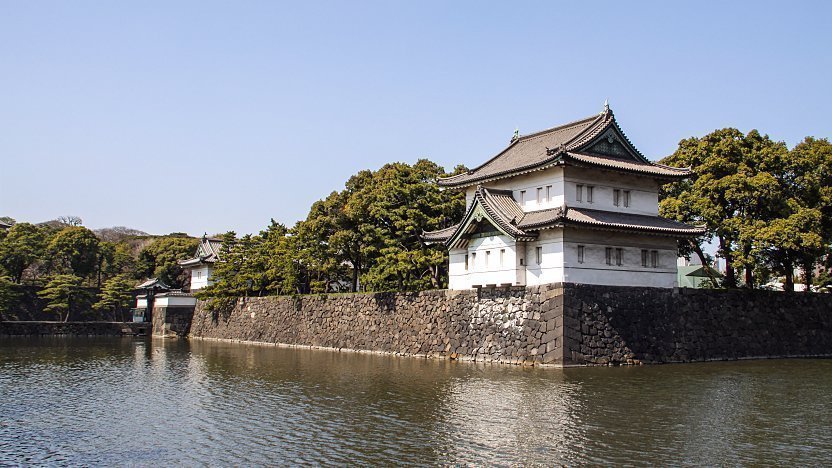
Indulge in the world-class cuisine that the city has to offer. From sushi and ramen to tempura and wagyu beef, Tokyo is a food lover’s paradise. Don’t miss the chance to try a traditional tea ceremony or catch a glimpse of the city’s iconic cherry blossoms in full bloom.
Kyoto: The City of Temples
Known for its traditional charm, Kyoto is a city where ancient traditions and modern life coexist harmoniously. Visit the iconic Fushimi Inari Shrine with its thoUnited Statesnds of vermillion torii gates, creating a mesmerizing tunnel of vibrant colors. Stroll through the historic streets of Gion, where geishas can still be spotted walking gracefully. Immerse yourself in the peaceful atmosphere of the city’s numerous temples and gardens, such as Kinkaku-ji (Golden Pavilion) and Ryoan-ji (Zen rock garden).
Don’t miss the opportunity to experience a traditional tea ceremony or try on a kimono for a truly immersive cultural experience. Kyoto is also famous for its seasonal festivals, such as the Gion Matsuri in July, where you can witness traditional processions and fireworks.

Hiroshima: A City of Peace and History
Hiroshima’s tragic history as the first city to suffer the devastation of an atomic bomb serves as a testament to the resilience of its people. The Hiroshima Peace Memorial Park and Museum are powerful reminders of the horrors of war and the importance of peace. Take a moment to reflect at the Peace Memorial Park’s cenotaph and visit the Atomic Bomb Dome, a UNESCO World Heritage Site.
While in Hiroshima, take a ferry to the nearby Miyajima Island, famous for its floating torii gate and breathtaking views of the Seto Inland Sea. Explore Itsukushima Shrine and hike up Mount Misen for panoramic vistas. Don’t forget to try the local delicacy, Hiroshima-style okonomiyaki, a savory pancake layered with cabbage, noodles, and various toppings.
Hokkaido: Japan’s Untamed Wilderness
If you’re a nature enthusiast, Hokkaido should be on your list of must-visit destinations. Its vast open spaces, national parks, and picturesque landscapes make it the perfect place for outdoor adventures. Explore the stunning scenery of Daisetsuzan National Park, where you can hike through lush forests and soak in natural hot springs.

During winter, witness the famous Sapporo Snow Festival, where enormous snow sculptures take center stage. Experience the thrill of skiing or snowboarding in Niseko, known for its world-class powder snow. In summer, enjoy the vibrant lavender fields of Furano and the pristine beauty of Shiretoko National Park, home to diverse wildlife and stunning coastlines.
Osaka: The Nation’s Kitchen
Osaka is a city known for its vibrant food scene, friendly locals, and bustling atmosphere. Explore the vibrant street food stalls of Dotonbori, where you can savor local delicacies like takoyaki (octopus balls), okonomiyaki (savory pancakes), and kushikatsu (deep-fried skewers).
Visit the majestic Osaka Castle, a symbol of the city’s rich history. Take a stroll through the picturesque Osaka Mint Bureau during cherry blossom season, when the grounds are adorned with thoUnited Statesnds of blooming sakura trees. Don’t forget to explore the trendy neighborhoods of Amerikamura and Shinsekai, where you can find unique shops, entertainment venues, and a lively nightlife.
These are just a few of the top destinations to visit in Japan. Each city offers a distinct experience, whether it’s immersing yourself in the bustling metropolis of Tokyo, exploring the ancient temples of Kyoto, reflecting on the history of Hiroshima, embracing nature in Hokkaido, or indulging in the vibrant food scene of Osaka. Start planning your trip to Japan and get ready for an unforgettable adventure.
